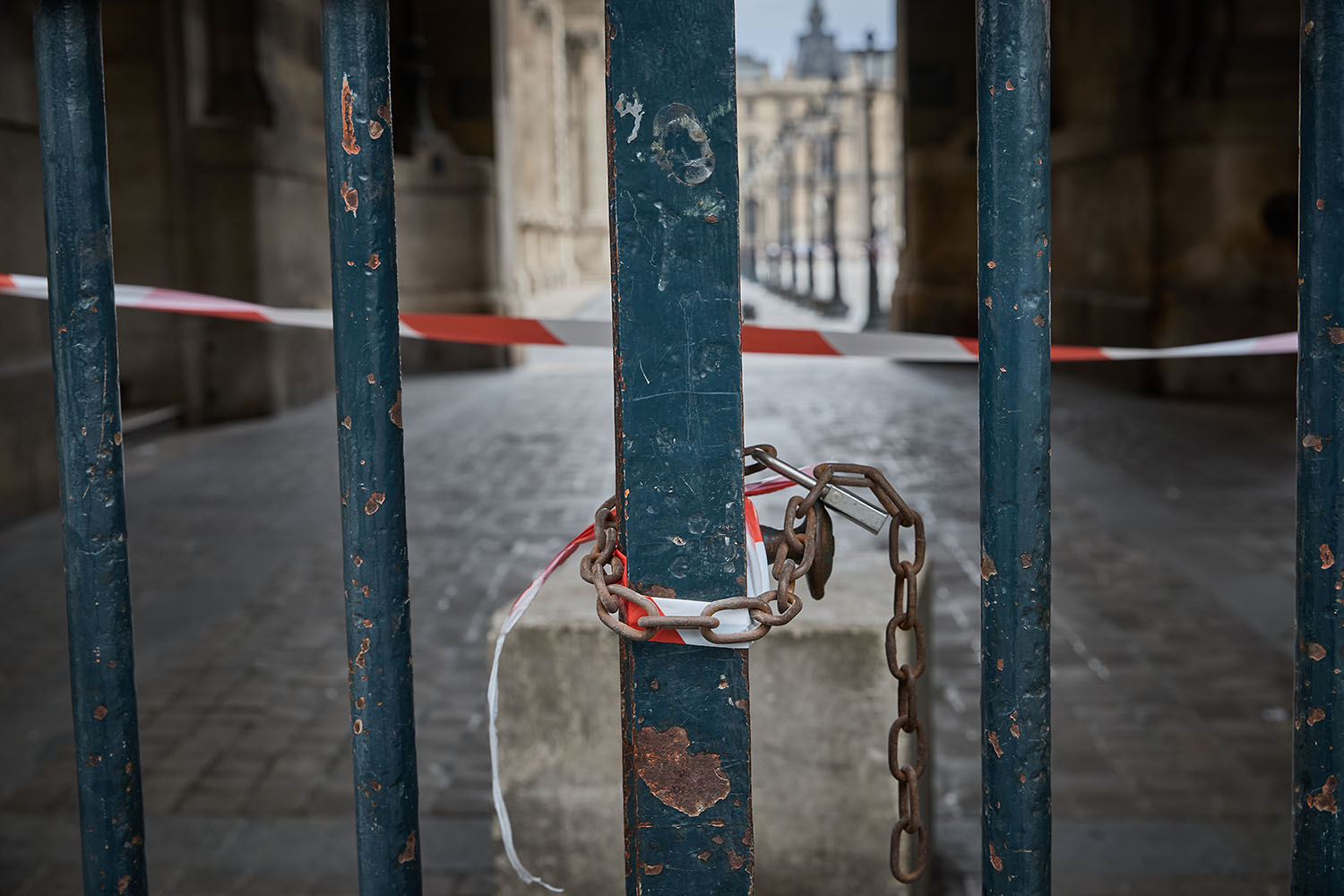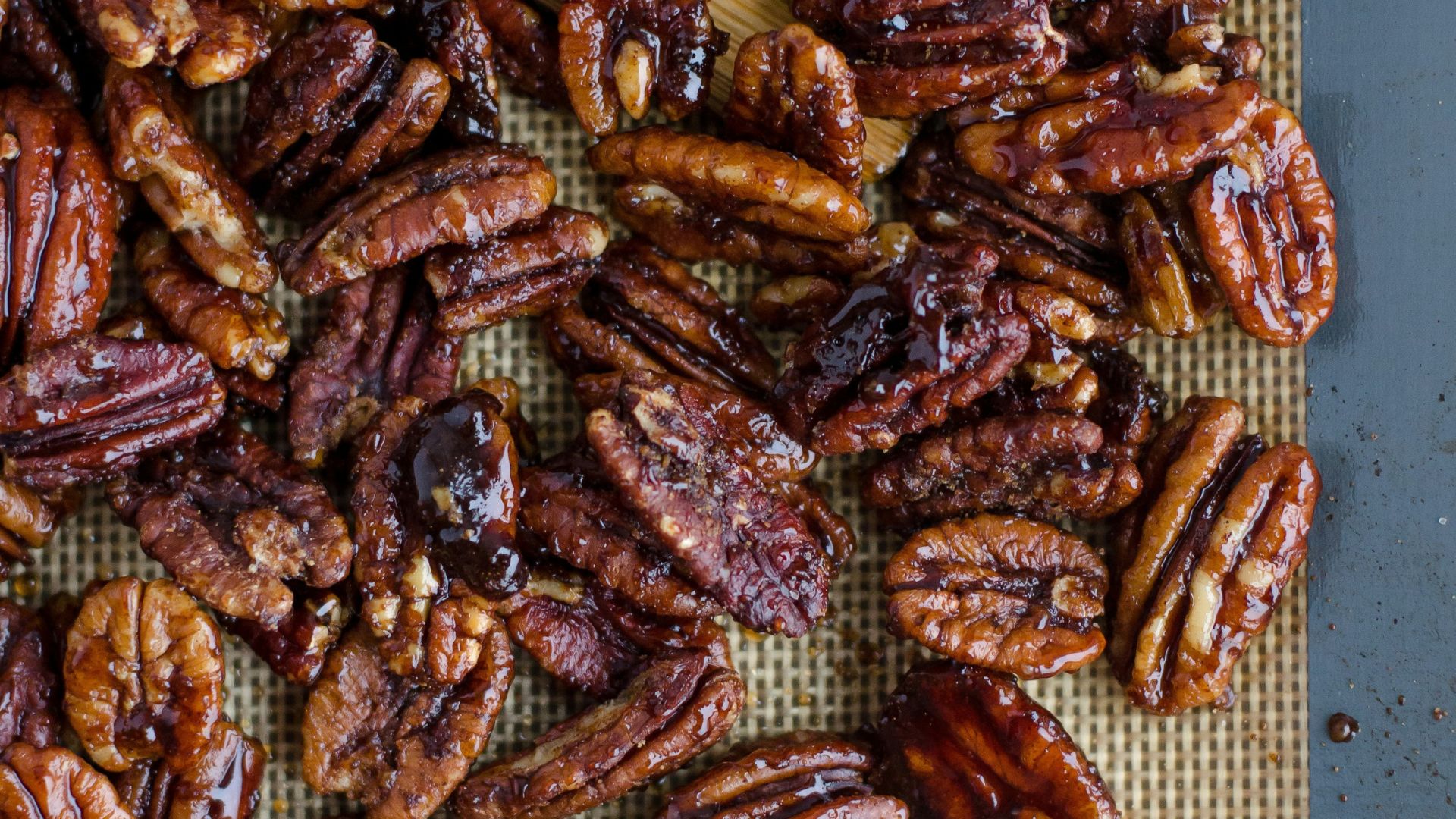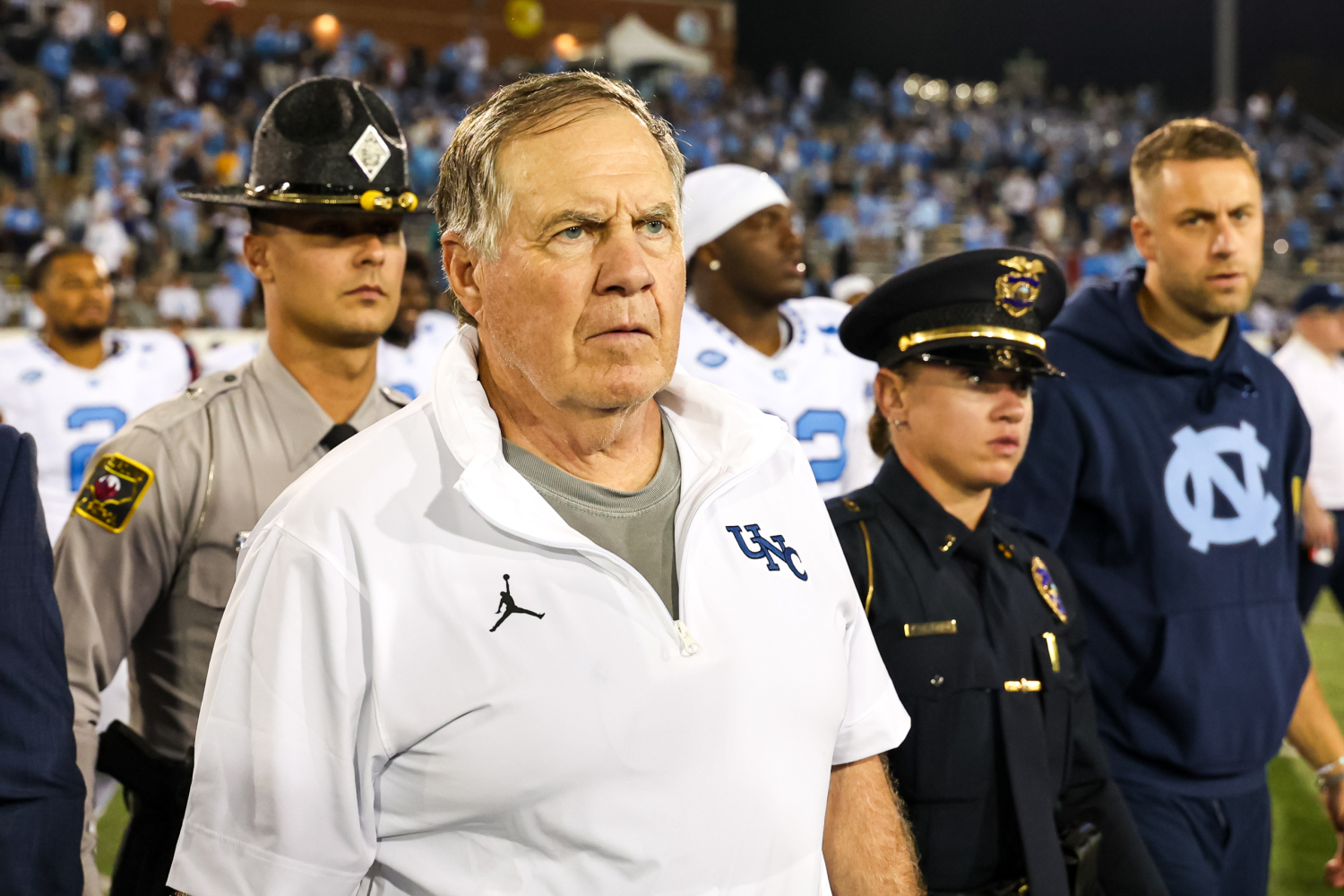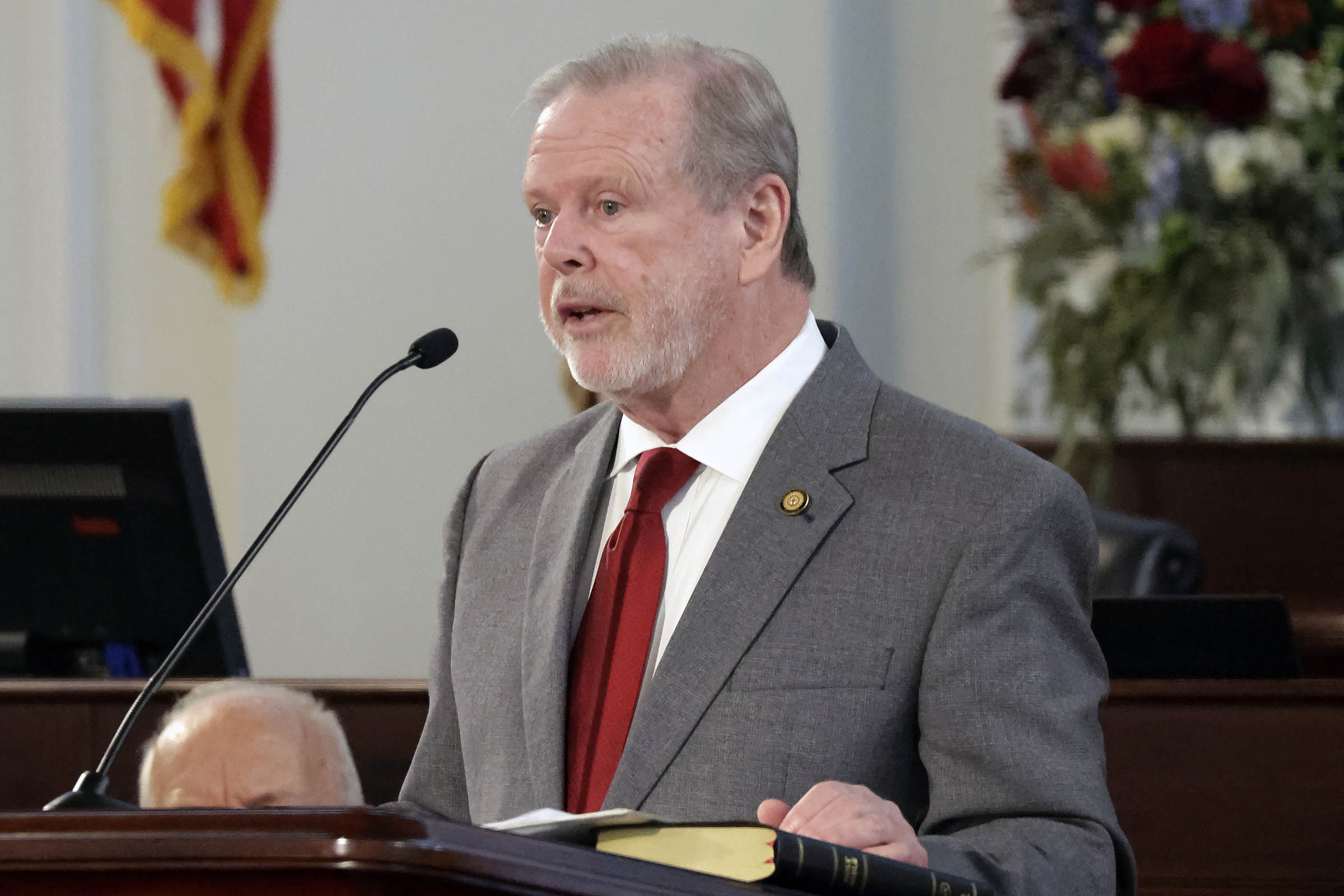By LAURAN NEERGAARD AP Medical Writer
WASHINGTON (AP) — The most widely used COVID-19 vaccines may offer a surprise benefit for some cancer patients – revving up their immune systems to help fight tumors.
People with advanced lung or skin cancer who were taking certain immunotherapy drugs lived substantially longer if they also got a Pfizer or Moderna shot within 100 days of starting treatment, according to preliminary research being reported Wednesday in the journal Nature.
And it had nothing to do with virus infections.
Instead, the molecule that powers those specific vaccines, mRNA, appears to help the immune system respond better to the cutting-edge cancer treatment, concluded researchers from MD Anderson Cancer Center in Houston and the University of Florida.
The vaccine “acts like a siren to activate immune cells throughout the body,” said lead researcher Dr. Adam Grippin of MD Anderson. “We’re sensitizing immune-resistant tumors to immune therapy.”
Health Secretary Robert F. Kennedy Jr. has raised skepticism about mRNA vaccines, cutting $500 million in funding for some uses of the technology.
But this research team found its results so promising that it is preparing a more rigorous study to see if mRNA coronavirus vaccines should be paired with cancer drugs called checkpoint inhibitors — an interim step while it designs new mRNA vaccines for use in cancer.
A healthy immune system often kills cancer cells before they become a threat. But some tumors evolve to hide from immune attack. Checkpoint inhibitors remove that cloak. It’s a powerful treatment – when it works. Some people’s immune cells still don’t recognize the tumor.
Messenger RNA, or mRNA, is naturally found in every cell and it contains genetic instructions for our bodies to make proteins. While best known as the Nobel Prize-winning technology behind COVID-19 vaccines, scientists have long been trying to create personalized mRNA “treatment vaccines” that train immune cells to spot unique features of a patient’s tumor.
The new research offers “a very good clue” that maybe an off-the-shelf approach could work, said Dr. Jeff Coller, an mRNA specialist at Johns Hopkins University who wasn’t involved with the work. “What it shows is that mRNA medicines are continuing to surprise us in how beneficial they can be to human health.”
Grippin and his Florida colleagues had been developing personalized mRNA cancer vaccines when they realized that even one created without a specific target appeared to spur similar immune activity against cancer.
Grippin wondered if the already widely available mRNA coronavirus shots might also have some effect, too.
So the team analyzed records of nearly 1,000 advanced cancer patients undergoing checkpoint inhibitor treatment at MD Anderson – comparing those who happened to get a Pfizer or Moderna shot with those who didn’t.
Vaccinated lung cancer patients were nearly twice as likely to be alive three years after beginning cancer treatment as the unvaccinated patients. Among melanoma patients, median survival was significantly longer for vaccinated patients – but exactly how much isn’t clear, as some of that group were still alive when the data was analyzed.
Non-mRNA vaccines such as flu shots didn’t make a difference, he said.
—-
The Associated Press Health and Science Department receives support from the Howard Hughes Medical Institute’s Department of Science Education and the Robert Wood Johnson Foundation. The AP is solely responsible for all content.














